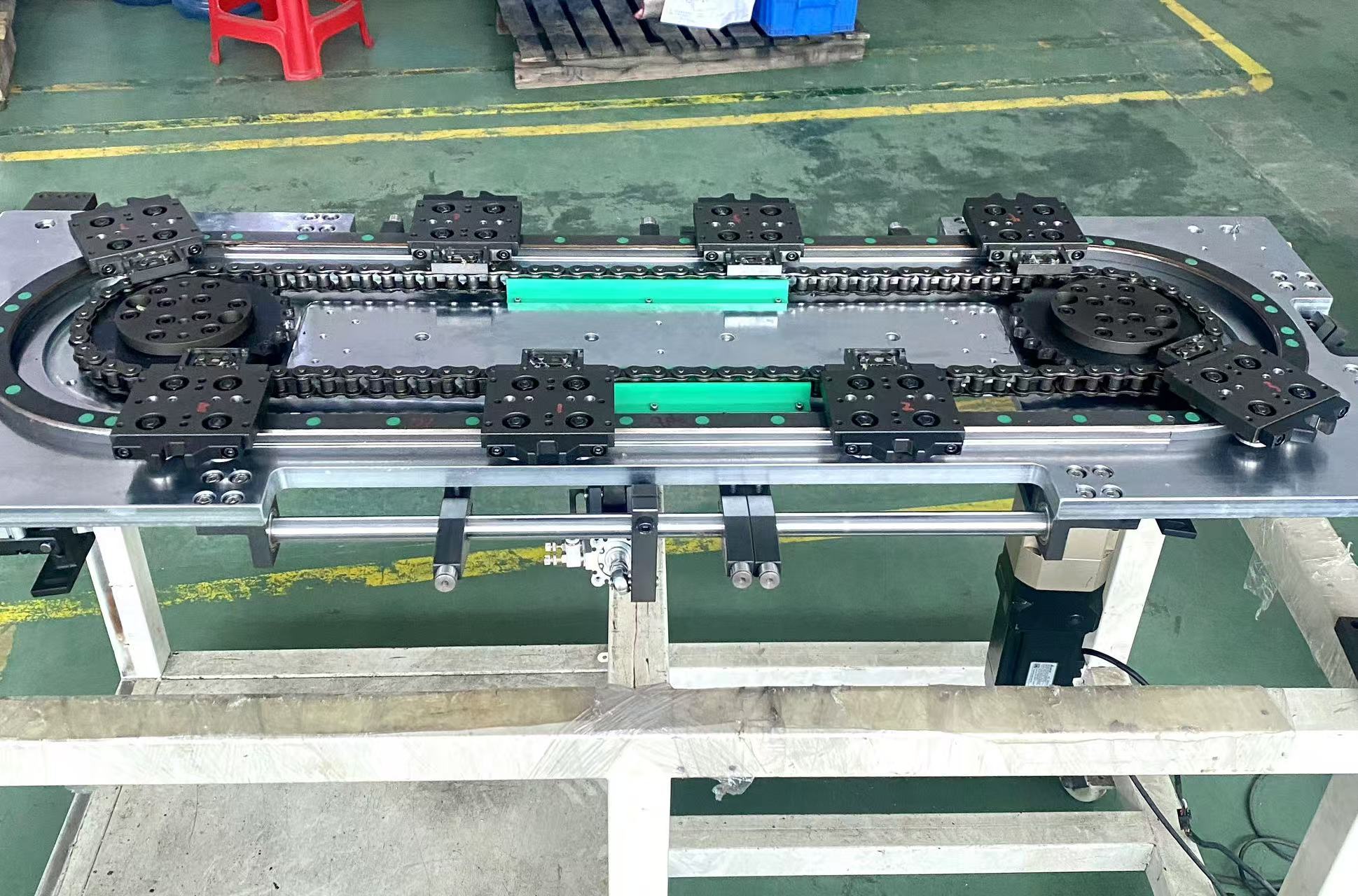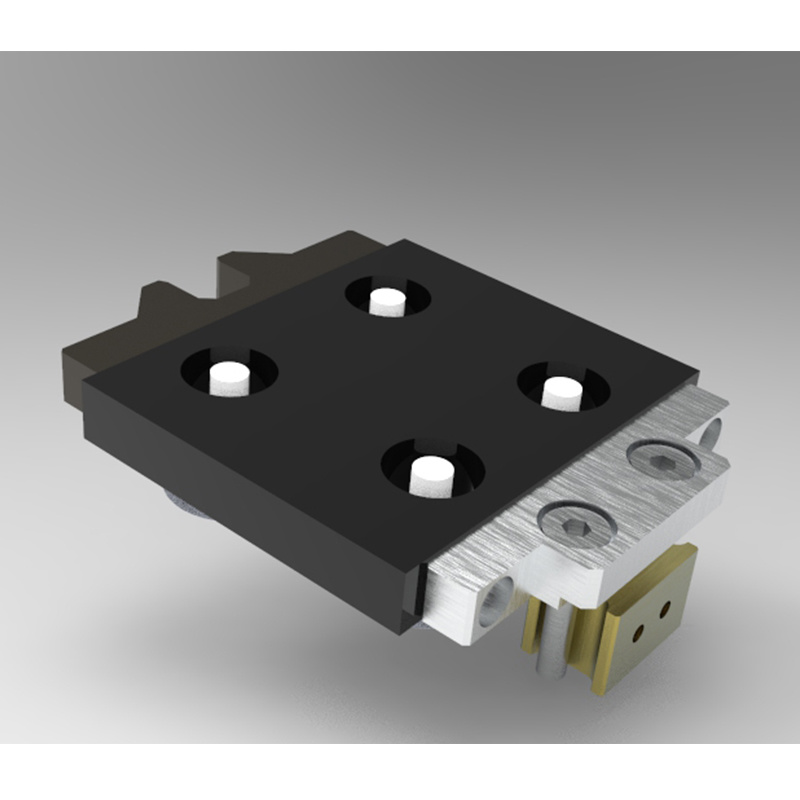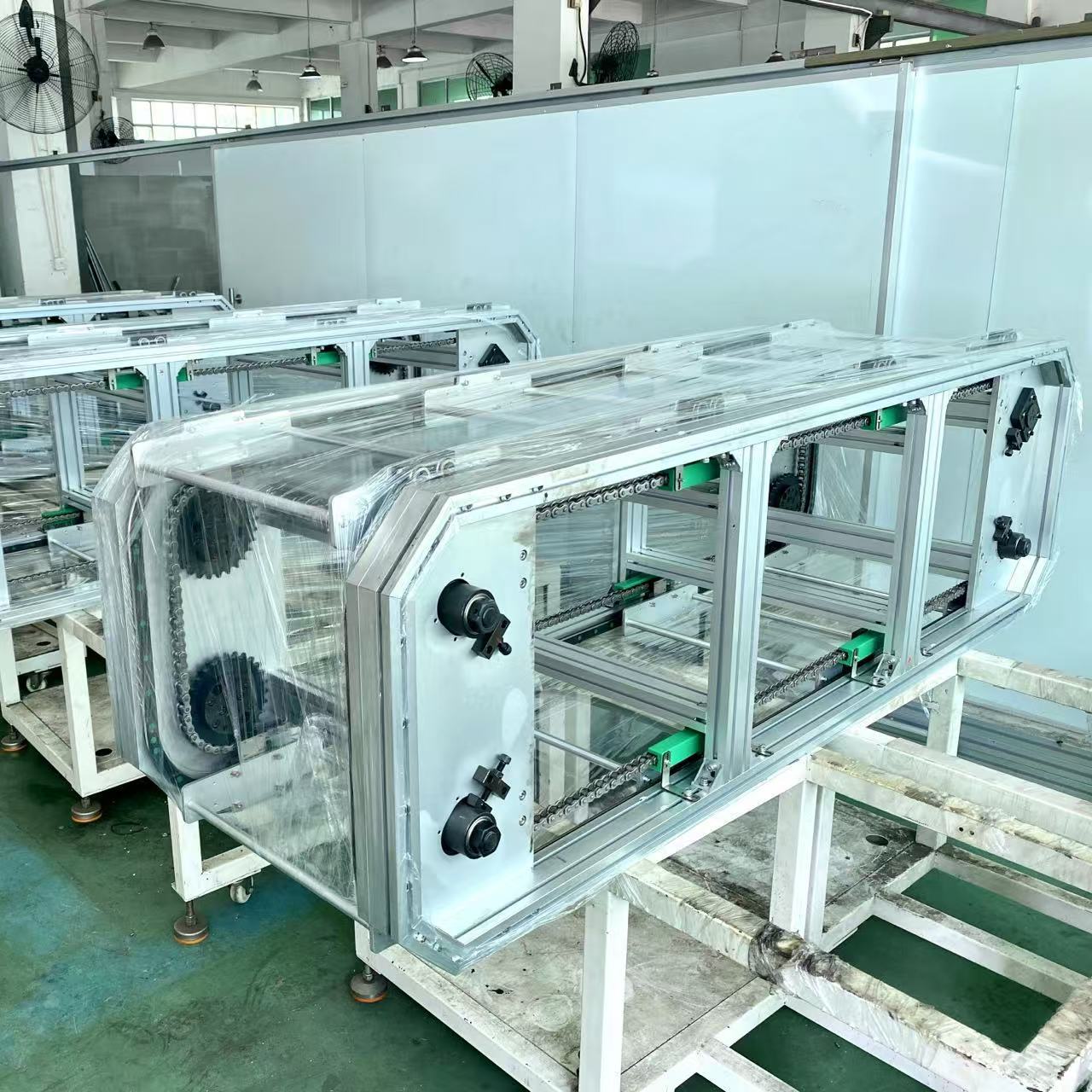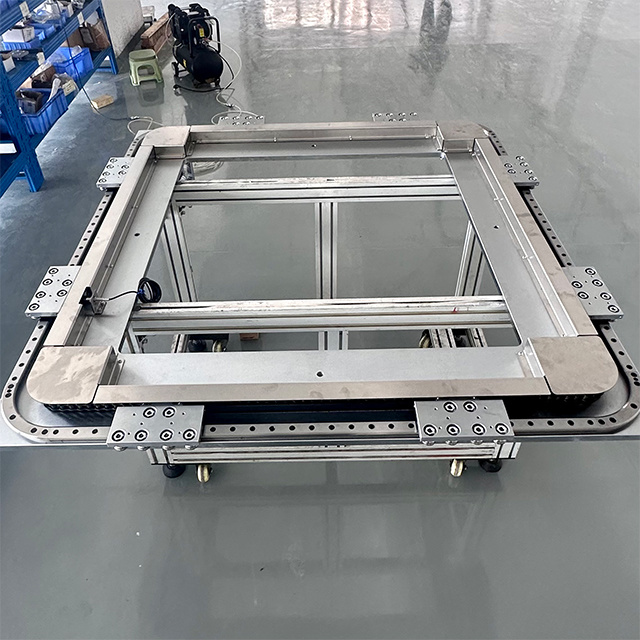Understanding Precision Track Systems in Rail Transport Equipment
Apr 05,2025
Precision Track Systems play a crucial role in the realm of rail transport equipment, particularly in ensuring that trains operate safely and efficiently. These systems are designed to maintain the exact alignment of the track, which is essential for minimizing wear and tear on both the trains and the infrastructure. When we talk about precision in track systems, we refer to the technological adva
Precision Track Systems play a crucial role in the realm of rail transport equipment, particularly in ensuring that trains operate safely and efficiently. These systems are designed to maintain the exact alignment of the track, which is essential for minimizing wear and tear on both the trains and the infrastructure. When we talk about precision in track systems, we refer to the technological advancements that allow for accurate measurements and adjustments, ensuring the track remains stable and level over time.
One of the key benefits of Precision Track Systems is their ability to enhance train safety. Misalignment in tracks can lead to derailments, accidents, and other safety hazards that endanger passengers and cargo. By utilizing precise measurements and real-time monitoring, rail operators can ensure that any potential issues are identified and addressed before they become serious problems. This proactive approach to track maintenance not only safeguards lives but also protects assets and reduces downtime in the rail network.
In addition to safety, Precision Track Systems contribute to greater operational efficiency. Maintaining the correct track alignment allows trains to run at optimal speeds without unnecessary stops or slowdowns due to track-related problems. This efficiency translates into more reliable service for passengers and freight, leading to increased satisfaction and trust in rail transport. Moreover, the precision allows for better energy consumption, as trains can operate more smoothly on well-aligned tracks, leading to reduced fuel costs and emissions.
Furthermore, the integration of advanced technology in Precision Track Systems facilitates regular monitoring and maintenance. For instance, the use of sensors and data analytics can help identify wear patterns and potential weaknesses in the track infrastructure, enabling preemptive maintenance actions. By adopting a data-driven approach, rail transport operators can streamline their maintenance schedules, ensuring that resources are allocated effectively and reducing the likelihood of unexpected disruptions.
Lastly, Precision Track Systems are vital in supporting the ongoing evolution of rail transport. With the growing demand for higher-speed rail networks and increased freight capacity, the need for precision technology becomes even more pronounced. These systems not only meet current demands but also anticipate future needs, allowing for scalability and adaptability in rail operations.
In summary, Precision Track Systems represent a significant advancement in the rail transport industry. Their focus on safety, operational efficiency, and proactive maintenance solidifies their importance in modern rail systems, ensuring that trains operate reliably and effectively in an increasingly demanding environment. As technology continues to evolve, precision in track systems will undoubtedly play a pivotal role in shaping the future of rail transportation.
One of the key benefits of Precision Track Systems is their ability to enhance train safety. Misalignment in tracks can lead to derailments, accidents, and other safety hazards that endanger passengers and cargo. By utilizing precise measurements and real-time monitoring, rail operators can ensure that any potential issues are identified and addressed before they become serious problems. This proactive approach to track maintenance not only safeguards lives but also protects assets and reduces downtime in the rail network.
In addition to safety, Precision Track Systems contribute to greater operational efficiency. Maintaining the correct track alignment allows trains to run at optimal speeds without unnecessary stops or slowdowns due to track-related problems. This efficiency translates into more reliable service for passengers and freight, leading to increased satisfaction and trust in rail transport. Moreover, the precision allows for better energy consumption, as trains can operate more smoothly on well-aligned tracks, leading to reduced fuel costs and emissions.
Furthermore, the integration of advanced technology in Precision Track Systems facilitates regular monitoring and maintenance. For instance, the use of sensors and data analytics can help identify wear patterns and potential weaknesses in the track infrastructure, enabling preemptive maintenance actions. By adopting a data-driven approach, rail transport operators can streamline their maintenance schedules, ensuring that resources are allocated effectively and reducing the likelihood of unexpected disruptions.
Lastly, Precision Track Systems are vital in supporting the ongoing evolution of rail transport. With the growing demand for higher-speed rail networks and increased freight capacity, the need for precision technology becomes even more pronounced. These systems not only meet current demands but also anticipate future needs, allowing for scalability and adaptability in rail operations.
In summary, Precision Track Systems represent a significant advancement in the rail transport industry. Their focus on safety, operational efficiency, and proactive maintenance solidifies their importance in modern rail systems, ensuring that trains operate reliably and effectively in an increasingly demanding environment. As technology continues to evolve, precision in track systems will undoubtedly play a pivotal role in shaping the future of rail transportation.
Hot Tags:
Related News













